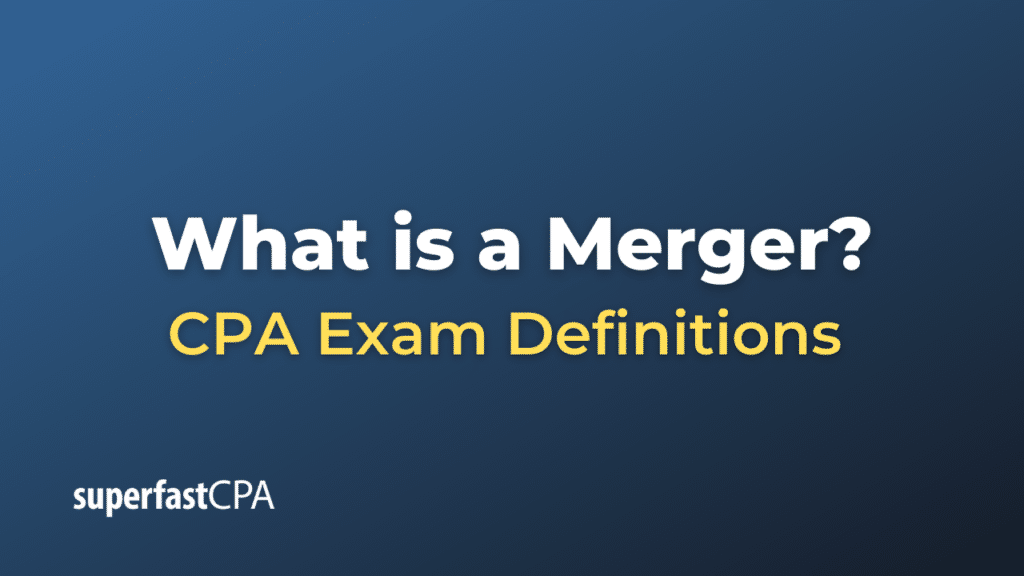Merger
A merger is a business strategy in which two or more companies agree to pool their resources and operations into a single entity. This can be done for a variety of reasons such as increasing market share, entering new markets, acquiring new technology, reducing costs, or enhancing operational efficiencies.
There are several types of mergers, including:
- Horizontal Merger: This type of merger occurs between two companies that are in the same industry and usually are direct competitors. The main purpose is often to achieve economies of scale, reduce competition, or expand in the market.
- Vertical Merger: This occurs between two companies that operate in the same industry but at different stages of the supply chain. For example, a car manufacturer merging with a tire company. The goal is usually to increase synergies and reduce costs.
- Conglomerate Merger: This type of merger occurs between firms that are involved in completely different business activities. These mergers are often aimed at diversification of risk.
- Market Extension Merger: This occurs between companies that sell the same products but in separate markets. The goal is to gain a larger market share and market presence.
- Product Extension Merger: This happens between companies that sell different but related products in the same market. This allows the companies to group together their products and gain a larger customer base.
Mergers often require approval from regulatory bodies to ensure they do not create a monopoly or unfair business practices. Furthermore, a successful merger requires careful planning and execution to integrate different company cultures, systems, and processes.
Example of a Merger
One of the most notable examples of a merger is the merger between Exxon Corporation and Mobil Corporation.
In 1999, Exxon and Mobil, two major oil companies, merged to form ExxonMobil in a deal valued at $75.3 billion. This is an example of a horizontal merger, as both companies were in the same industry and were direct competitors.
The main aim of this merger was to consolidate operations and resources in a time when oil prices were low. The merged entity, ExxonMobil, became the largest publicly traded petroleum and petrochemical enterprise in the world.
The merger helped the companies to save on costs by eliminating duplicate operations and departments. It also enabled the new entity to have a more significant influence on the market and increased its power to invest in exploration and new technologies.
However, like many mergers, it also faced challenges. Regulatory bodies around the world scrutinized the merger due to concerns about decreased competition. In order to gain approval, Exxon and Mobil had to agree to sell off certain parts of their businesses.
This example illustrates both the potential benefits and challenges associated with mergers. The successful integration of two companies requires careful planning, negotiation, and execution.












